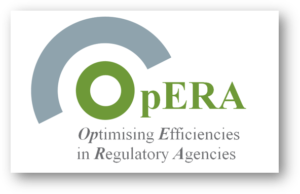This study investigates the utility of the Universal Methodology for Benefit-Risk Assessment (UMBRA) framework within the South African Health Products Regulatory Authority (SAHPRA) to determine whether adopting a structured approach improves consistency, transparency, and quality in benefit-risk assessments of new chemical entities (NCEs).
The UMBRA eight-step framework was applied retrospectively and prospectively to six NCEs to systematically document the decision context, identify benefits and risks, and interpret the benefit-risk balance. Comparisons were made between initial SAHPRA narrative assessments and structured UMBRA-based evaluations. Reviewer feedback was collected through a questionnaire and group discussions.
The retrospective study revealed that UMBRA provided greater clarity and alignment with decisions by global reference authorities, improving transparency in the weighting of benefits and risks. The prospective study demonstrated UMBRA’s utility in highlighting local demographic and clinical considerations, enhancing regulatory reliance decisions.
The UMBRA framework enhances the benefit-risk assessment process by providing a structured, transparent, and reproducible methodology. It facilitates comprehensive decision-making that aligns with global best practices, reducing reliance on subjective judgements. Implementing UMBRA at SAHPRA and other African regulatory authorities could promote harmonised regulatory practices, improve public trust, and enable transparent communication of decisions. The study recommends integrating UMBRA into routine assessments, training programs for new reviewers, and reliance strategies to ensure equitable benefit-risk evaluations across jurisdictions.
Danks L, Semete-Makokotlela B, Chuma D, Borg JJ, Khoza S, Walker S, Salek S. The value of a structured, systematic approach to benefit-risk assessment of medicines: A South African regulator case study. Regul Toxicol Pharmacol. 2025;162:105893. doi:10.1016/j.yrtph.2025.105893

